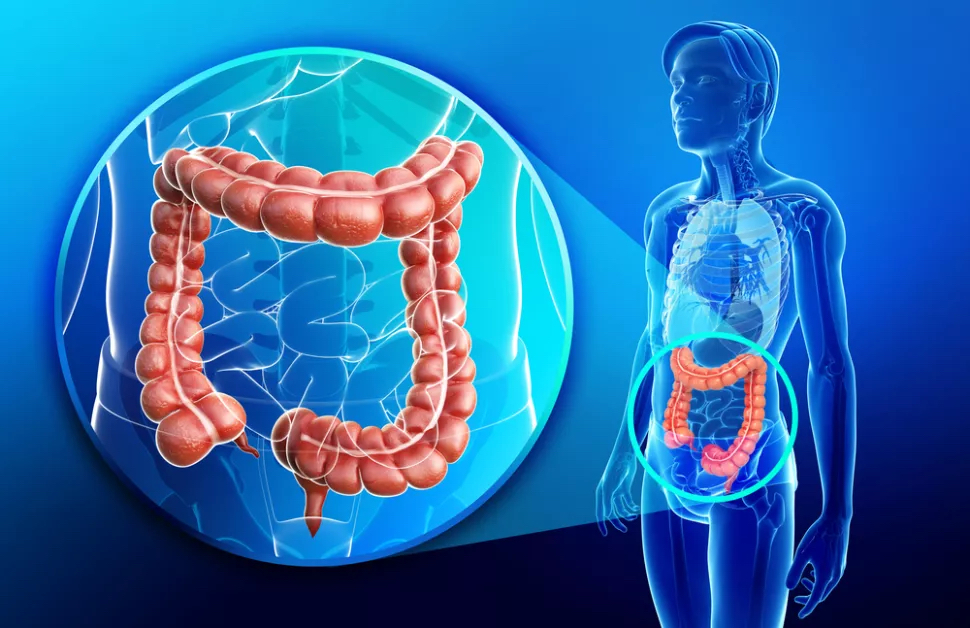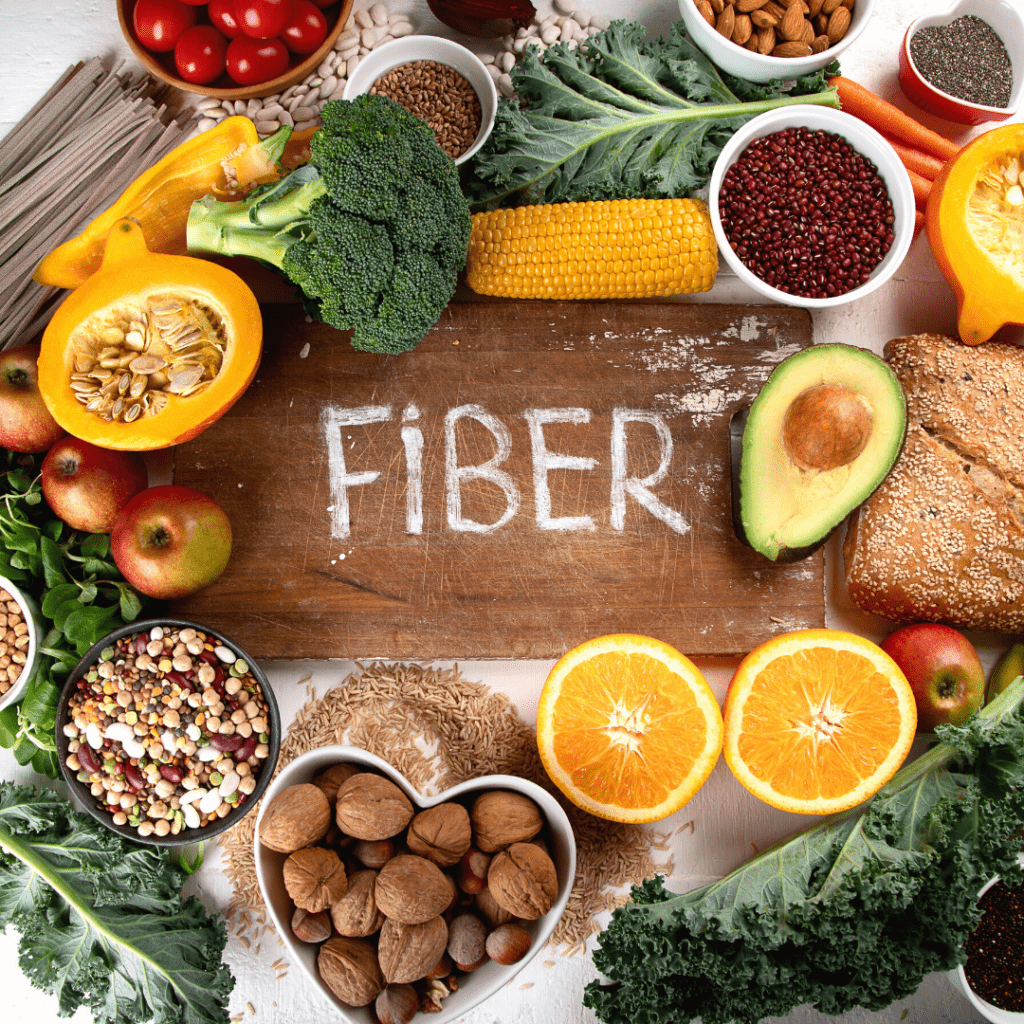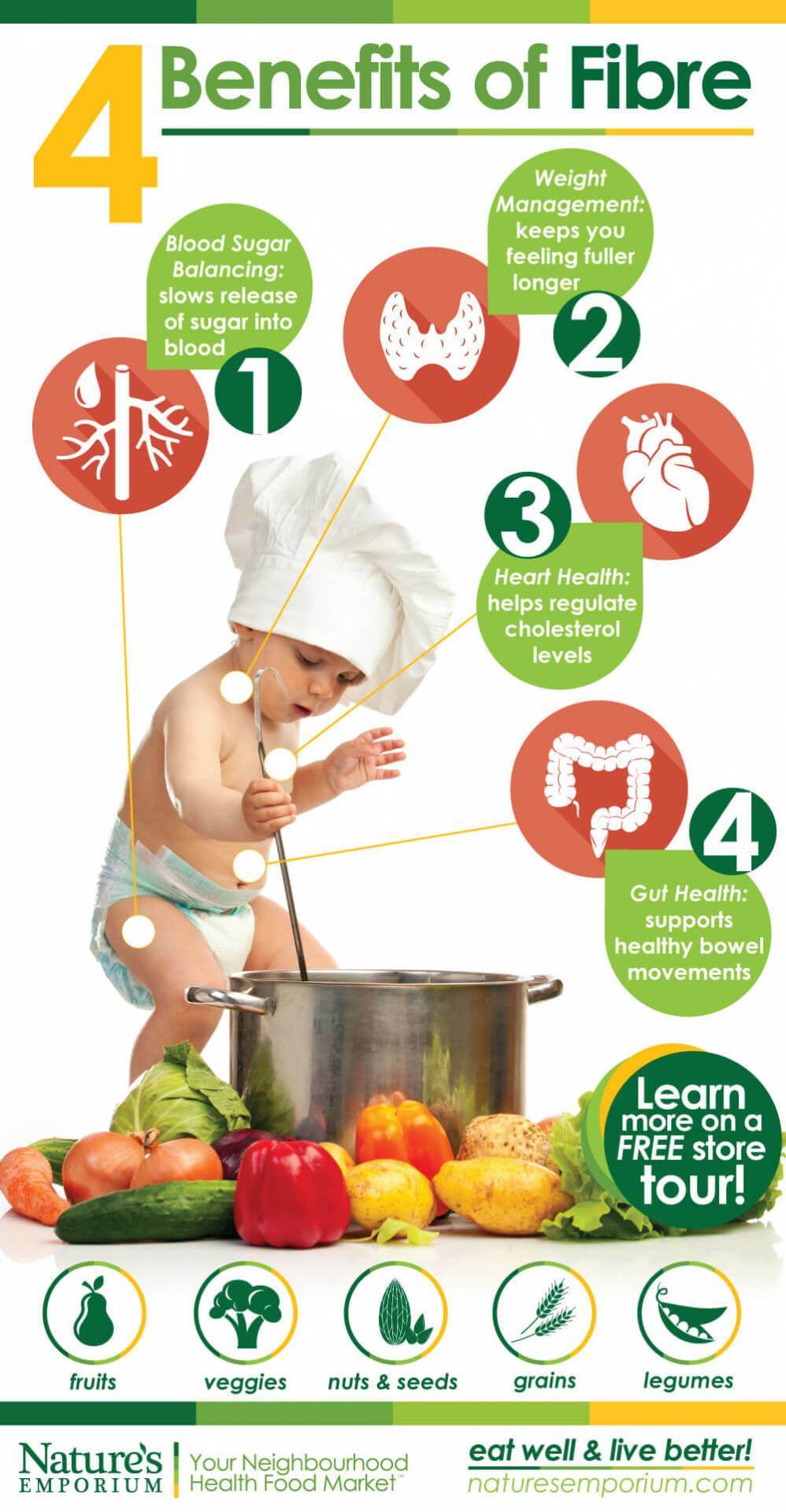WHAT IS CONSTIPATION?
Constipation is generally understood as the infrequent passage of stool and/or difficulty passing stool.1 Said condition is often accompanied by incomplete evacuation, bloating, and abdominal discomfort.1(236) Specifically, Jani and Marsicano1(236) stated constipation can be diagnosed through Rome IV criteria as:
- fewer than 3 bowel movements per week
- manual help to aid defecation
- lumpy/hard stools
- straining
- sensations of incomplete evacuation
- present for at least 3 months
CAUSES/RISK FACTORS OF CONSTIPATION
Constipation can be subdivided into primary and secondary causes, where the primary type is characterized by an obstruction/blockage, while secondary constipation is caused by structural changes, neurological disorders, medications, metabolic changes, and inadequate fluid intake.1(236) If primary and secondary causes of constipation are ruled out, constipation is likely functional in nature (i.e., slow transit time, and/or inadequate/improper muscle contraction of the colonic smooth muscle).1(236-237) Risk factors for functional constipation can include pelvic surgery, immobility, advanced age, and a low fiber diet.1(236)
SOLUTIONS FOR CONSTIPATION: FIBER
Although functional constipation can require multiple interventions, including an in-depth evaluation, my intention is to present a safe and simple interventions as a first step, to include fiber. Fiber can be sub-divided into soluble and insoluble forms.2 Soluble fiber (i.e., Metamucil, broccoli, brussel sprouts), when consumed in adequate amounts, absorbs water from the lumen; a process, which creates a bulkier, softer, and more gelatinous stools.2(7379) Insoluble fiber (i.e., nuts, beans, carrots) can be implemented as a bulking agent, helping form larger stools, which promotes faster transit times.2(7379)
HOW MUCH FIBER PER DAY?
As high as 35 grams per day of dietary fiber has been recommended by the National Cancer Institute, although such can change depending on age range.3 Please find the table below as a means of determining which foods have high fiber. Although the table is not exhaustive, by any means, the intent is to encourage individuals to look further into nutrition labels when attempting to reach daily dietary fiber targets.
FIBER BREAKDOWN:
- 100 grams of potato = 2.2 grams fiber
- 100 grams of green beans = 3.4 grams fiber
- 100 grams of brussel sprouts = 3.8 grams fiber
- 100 grams of cauliflower = 2 grams fiber
- 100 grams of beans = 16 grams fiber
- 100 grams of nuts = 7 grams fiber
- 100 grams of wheat fiber = 43 grams fiber (the most so far)
- 100 grams whole wheat flower = 11 grams fiber
- 100 grams flax seed = 27 grams fiber
- 100 grams chia seed = 34 grams fiber
- 100 grams carrots = 3 grams fiber
- 100 grams grapefruit = 1.6 grams fiber
- 100 grams mandarin = 1.8 grams fiber
- 100 grams orange = 2.2 grams fiber
- 100 grams tangerine = 1.6 grams fiber
- 100 grams apple = 2.4 grams fiber
- 100 grams beans = 10 grams fiber
- 100 grams peas = 4 grams fiber
- 100 grams oats = 10.6 grams fiber
- 100 grams banana = 2.6 grams fiber
- 100 grams blueberries = 2.4 grams fiber
OTHER BENEFITS OF FIBER
Appropriate consumption of dietary fiber not only relieves the discomfort associated with functional constipation; Anderson et al4 also noted that fiber/regular bowel movements help:
- lower cardiovascular disease risk
- lower stroke risk
- lower hypertension
- reduce diabetes risk
- control obesity
- reduces colon cancer risk
- lower blood pressure
- improve blood glucose
- improve blood lipids
- support immune function
- support detoxification
CONCLUSIONS
Constipation can be a complex condition with many underlying drivers. Although chronic constipation may warrant a deeper medical evaluation, it behooves one to implement safe and well understood interventions as simple/cost-effective first steps in addressing the same. Implementing protocols such as increased dietary fiber intake, and hydration, could support/resolve functional constipation. Furthermore, inclusion of foods rich in fiber confers a host of other benefits, ultimately supporting the general health, performance, and longevity of individuals.
References
1. Jani B, Marsicano E. Constipation: Evaluation and management. Mo Med. 2018;115(3):236-240. doi:https://doi.org/10.1016/j.medidd.2020.100041. https://www.ncbi.nlm.nih.gov/pmc/articles/PMC6140151/. Accessed April 30, 2022.
2. Yang J, Wang HP, Zhou L, et al. Effect of dietary fiber on constipation: A meta-analysis. World J Gastroenterol. 2012;18(48):7378-7383. doi:10.3748/wjg.v18.i48.7378.
3. Lord RS, Bralley JA. Laboratory Evaluations for Integrative and Functional Medicine. 2nded. Duluth, GA: Genova Diagnostics; 2012.
4. Anderson JW, Baird P, Davis RH, et al. Health benefits of dietary fiber. Nutr Rev. 2009;67(4):188-205. doi:10.1111/j.1753-4887.2009.00189.x.
-Michael McIsaac



